Top 12 Foods You Should Eat Every Day to Lose Fat
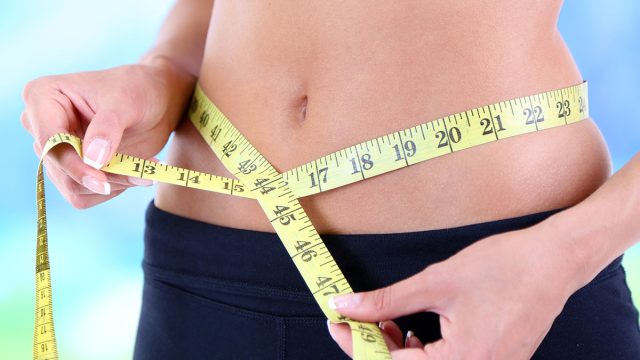
Weight loss comes down to burning off more calories than you consume—but the foods you choose can make the vital difference between frustration or success. "Successful weight loss requires a long-term commitment to making healthy lifestyle changes in eating, exercise and behavior," says the Mayo Clinic. "Behavior change is vital, and could have the greatest impact on your long-term weight-loss efforts." What makes a food perfect for fat-burning and weight loss? The right amount of quality protein, healthy fats, and good carbohydrates can transform your body and your fitness levels. Satiety and thermogenesis should also be taken into account. Here are 12 foods you should eat every day to boost your metabolism, burn fat, and improve overall health and wellness.
Fermented Foods
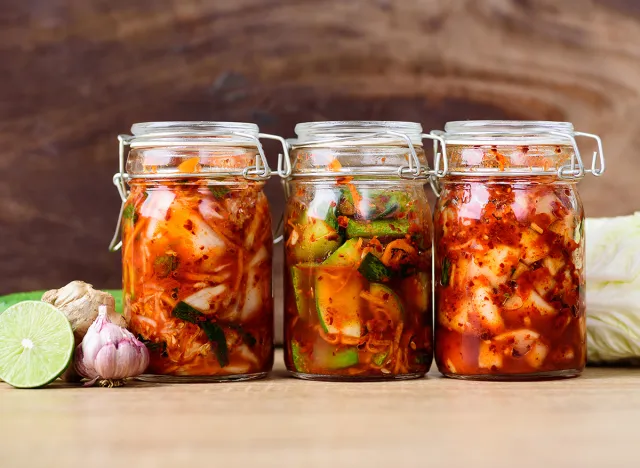
Fermented foods are good for your gut and your weight loss efforts. "The probiotics in fermented food, such as kimchi and unsweetened kefir or yogurt, facilitate your digestive system's ability to break food down better, meaning you get more nutrients out of the other foods you eat, which leads to better satiety," certified nutritionist Ariane Resnick tells ELLE.
Avocados
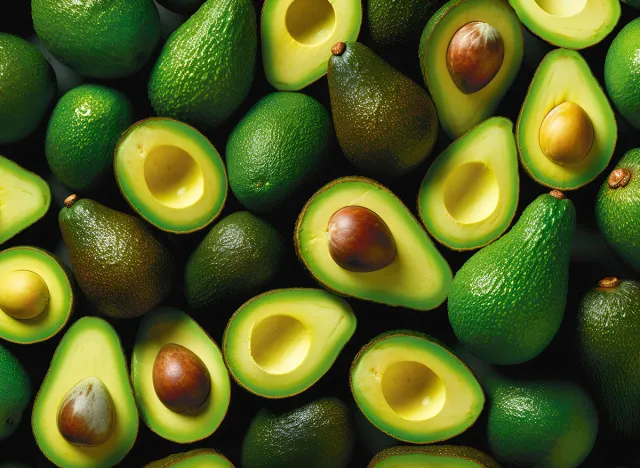
Avocados are packed with healthy fats and fiber. "Avocados contain a good amount of healthy fats, which can help you feel fuller for longer and boost your metabolism," according to the ASFA. "They're also high in fiber and have been shown to increase feelings of satiety. Additionally, avocados can help in reducing body fat by promoting fat loss and preserving lean body mass."
Lean Meat
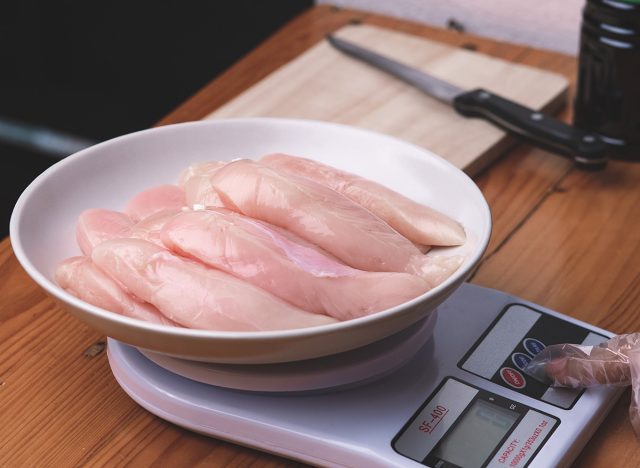
Lean meat such as chicken breast is high in protein and low in calories. "Both chicken thighs and breasts are good sources of lean protein," Sarah Klemm, RDN, CD, LDN, says via the Academy of Nutrition and Dietetics. "However, they differ in the amount of calories, fat and saturated fat. For example, a 3-ounce skinless chicken breast provides about 140 calories, 3 grams of total fat and just 1 gram of saturated fat. The same amount of dark chicken meat without the skin would provide three times the amount of fat for a total of 9 grams of fat, 3 grams of saturated fat and 170 calories. This difference may not seem like much, but depending on the portion size it can add up."
Fatty Fish
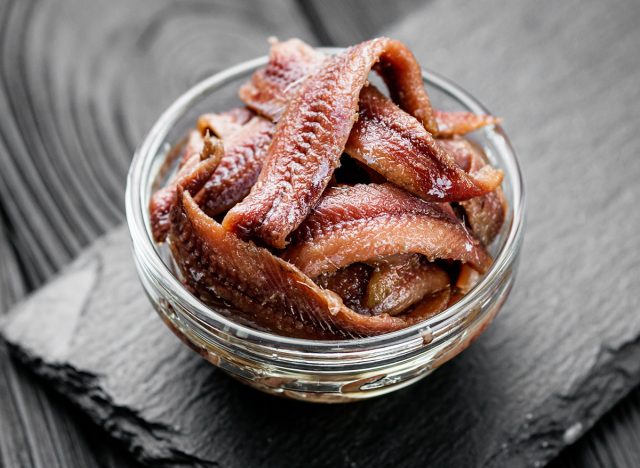
Salmon, mackerel, sardines, anchovies, and other oily fish are excellent for your health and your fat-burning diet. "Even fish that contain good amounts of omega-3 fats are still lower in calories compared to other proteins but provide the additional benefit of the essential omega-3 fats," dietician Miriam Troutner tells UnityPoint Health. "The preparation is what can derail your weight loss efforts. Because fish is lean, be careful not to overcook it, and opt to use citrus juice or broth for cooking or serving to keep fish moist and appealing. Avoid fried fish or fish topped or served with mayo/sour cream sauces."
Greek Yogurt
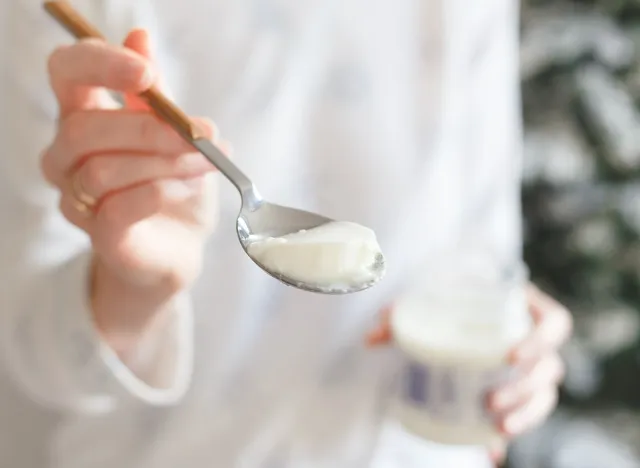
Greek yogurt is one of the most versatile ingredients for fat loss—yes, even full-fat yogurt. "Yogurt, particularly Greek yogurt, contains protein that requires more calories to digest than carbohydrates," registered dietician Gabriele Geerts tells ELLE. "Since protein digestion is more complex, it keeps your body feeling full for longer."
Spicy Foods
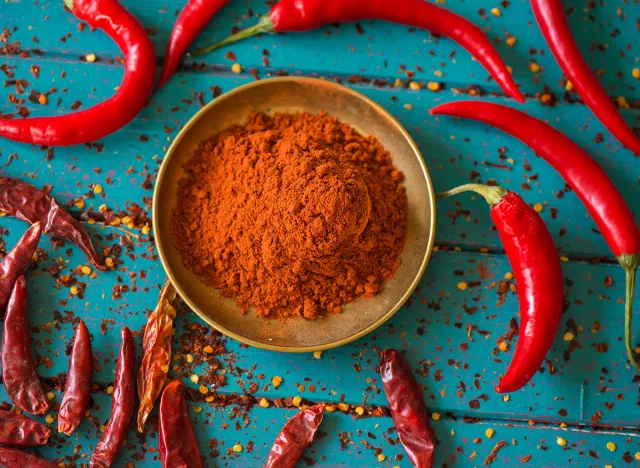
If you like spicy food, congratulations, you are encouraging fat-burning and weight loss! "Hot spices, like black pepper and cayenne pepper, can help you to lose weight by boosting your metabolism," according to the ASFA. "Chili peppers, specifically the compound capsaicin found in them, can also boost metabolism and promote fat loss. This is because hot spices have been shown to increase body temperature. When your body gets hotter than normal, it will burn more calories to cool itself down."
Broccoli
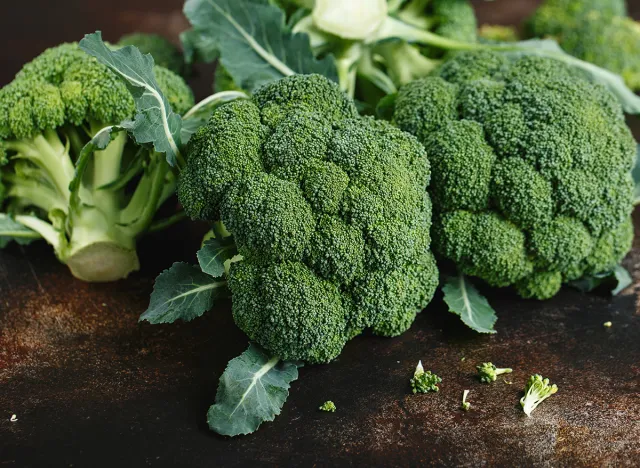
Broccoli is low-calorie and high in nutrients—one cup of cooked broccoli has just 34 calories. "These cruciferous vegetables are loaded with fiber to help you feel full fast and stay satiated for a while," Amy Goodson, MS, RD, CSSD, tells Food Network. "They're very low in calories but have the ability to make you feel less hungry after eating them."
All the Berries
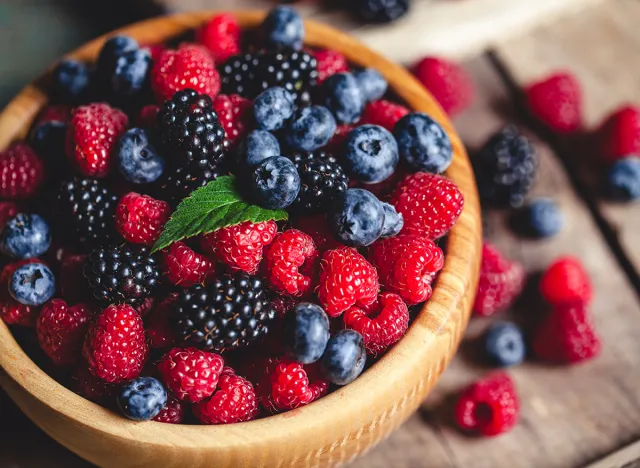
Berries are about as perfect as a diet-friendly food gets: Delicious, low calorie, low sugar, versatile, and packed full of nutrients. "The sooner people start the type of diet that includes a higher intake of blueberries and strawberries, the better," says Dr. Eric Rimm, associate professor at the Harvard School of Public Health and Harvard Medical School.
Eggs
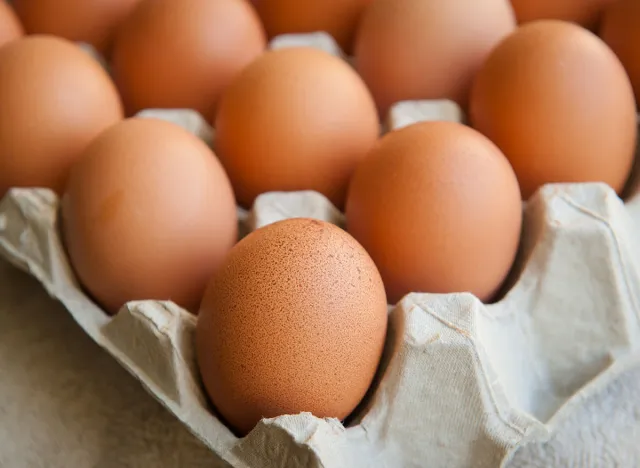
Eggs have officially come out of the dietary wilderness to be accepted as a fantastic weight loss food. "Eggs are one of the best sources of fat-burning protein that will get your metabolism fired up," culinary nutritionist Trudy Stone tells ELLE. "Diets high in protein have been shown to boost your metabolism, due to the thermic effect of food—the amount of calories your body burns to metabolize foods."
Good Carbs
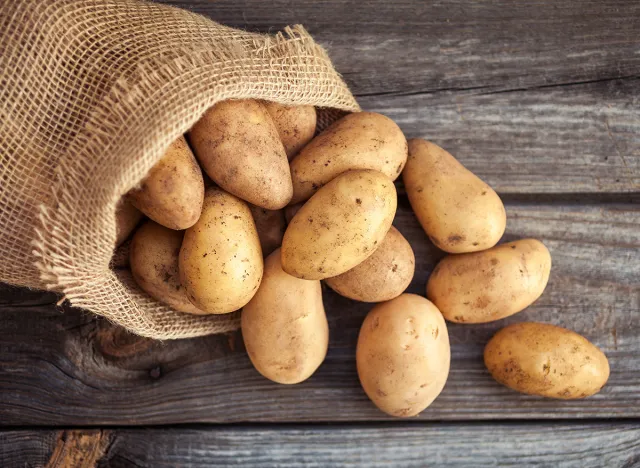
Don't ditch carbs from your diet—not all are created equal. "Carbs like potatoes, bread, rice or pasta should make up no more than a third of your meal – and try to have whole grain versions where you can," says the NHS. "Always include some protein – like beans, pulses, fish, eggs, meat or other types. It helps you stay full."
All the Legumes
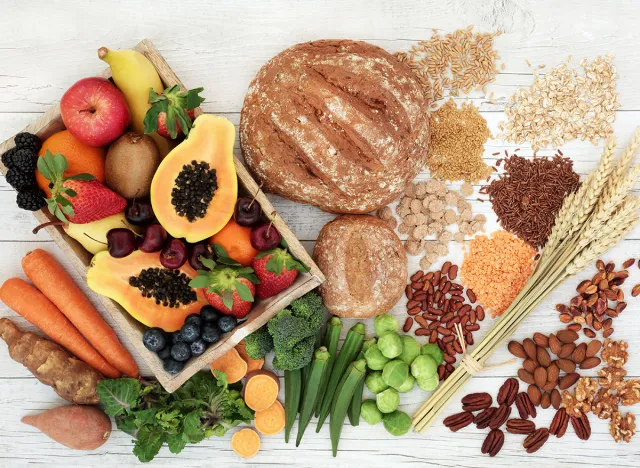
Load up on beans and chickpeas for some plant-based protein and fiber. "Substituting plant-based proteins for red meat can lower blood cholesterol, a risk factor for heart disease," says the American Heart Association. "Adding beans and other legumes to your diet may also help you feel full longer because of the high dietary fiber content."
Oatmeal
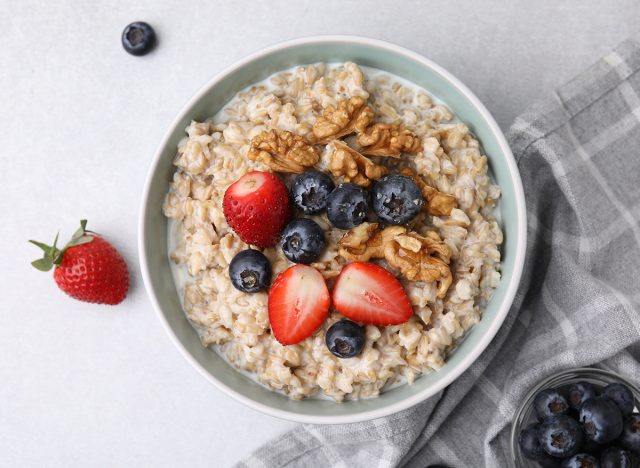
For those who can't or won't eat meat, consider oatmeal for some plant-based protein. "Oatmeal is a great breakfast food," says the ASFA. "It's healthy and filling, with high-quality protein, fiber, and several vitamins and minerals. Oats can help you feel full longer than other foods, which means you'll be less likely to snack on junk later in the day! Additionally, oatmeal can be part of a high protein diet, benefiting metabolism and satiety." Read the label for store-bought oats to avoid added sugars. And if you enjoyed this article, take advantage of these 15 Quick Ways to Lose Body Fat Percentage in a Week.




